Introduction
Despite the urbanization occurring globally, cities are increasingly challenged by transportation and other urban problems related to energy, healthcare, waste, and security. The way to tackle these issues revolves around smart cities equipped with embedded IoT systems. With the ability of each responsibly managed technology to provide automation, real-time data collection and autonomous capital to optimize decision making. Embedded smart technologies can begin to revolutionize how we interact with urban environments.
This blog provides insight regarding the role of embedded IoT systems as key enablers for smart city innovation, the key applications, benefits, and the outlook for the future of urban environments.
What Are Embedded IoT Systems?
IoT-embedded systems are embedded hardware (microcontrollers, sensors and actuators) along with IoT connectivity that allows for real-time data collection, data processing and data transmission. IoT-enabled systems differ from traditional embedded systems in the fact that they are connected to IoT cloud networks which provide the capability of remote monitoring, analytics and automation capabilities.
They serve as the digital backbone of smart city applications that provide intelligent infrastructure.
Key Applications in Smart Cities
1. Smart Transportation
• Using cameras and sensors that are networked, real-time traffic monitoring is possible.
• Intelligent traffic signals that adjust to the degree of congestion.
• Communication between vehicles and infrastructure (V2I) for effective navigation.
• Commuter tracking systems for public transportation.
2. Management of Energy
• Smart grids for load balancing in real time.
• Street lighting powered by the Internet of Things that modifies brightness according to occupancy.
• Embedded controllers for energy-efficient buildings and home automation.
3. Management of Waste
• Data analytics was used to optimize the routes for waste collection.
• Smart bins with sensors to detect fill levels.
4. Supply and management of water
• Pressure sensor based leak detection.
• Hands-free irrigation based on weather and soil moisture.
5. The research and study of Surveillance and Public Safety
• AI threat detection smart surveillance camera.
• Real time disaster warning systems to citizens.
6. Health care and Emergency Services
• Long distance health watch via wearable embedded internet of things.
• High-tech ambulances sending patient vital statistics, before hospital arrival.
Advantages of Smart Cities using embedded IoT
✅ Increased efficiency in the work process
✅ Energy and resource saving
✅ Improved quality of life
✅ Better reaction to emergency situations
✅ Infrastructure management at low cost
✅ Governance by data
Challenges and Considerations
Although it has lots of potential, the IoT systems in the cities have their own challenges associated with their implementation:
• Privacy and security of data
• Interoperability and Scalability
• Costly infrastructure costs in the beginning
• A need to have an accessible network connection
Such challenges should be overcome with strong cybersecurity, open standards, and public and private cooperation by urban planners and other engineers.
Future of Smart Cities with Embedded IoT
Urban living of the future is in connected ecosystems where automation, innovation, and efficiency are powered by real-time data of all aspects of a city. Smart cities will become truly intelligent environments as 5G networks, edge computing, and AI integration become more mature and learn and adjust themselves over time.
Conclusion
The future of smart cities is reliant on some form of embedded IoT systems. They facilitate more intelligent decision-making, increase the services and sustainability. With the increase in the pace of innovation, engineers and city planners, governments, and tech companies will be needed to collaborate to create smarter, safer, and more livable cities.
Want to know more about Designing Smarter Cities: Embedded IoT Systems for Urban Innovation? Look at our expert project assistance at Takeoff Projects – where we bridge the gap between theory and practice!
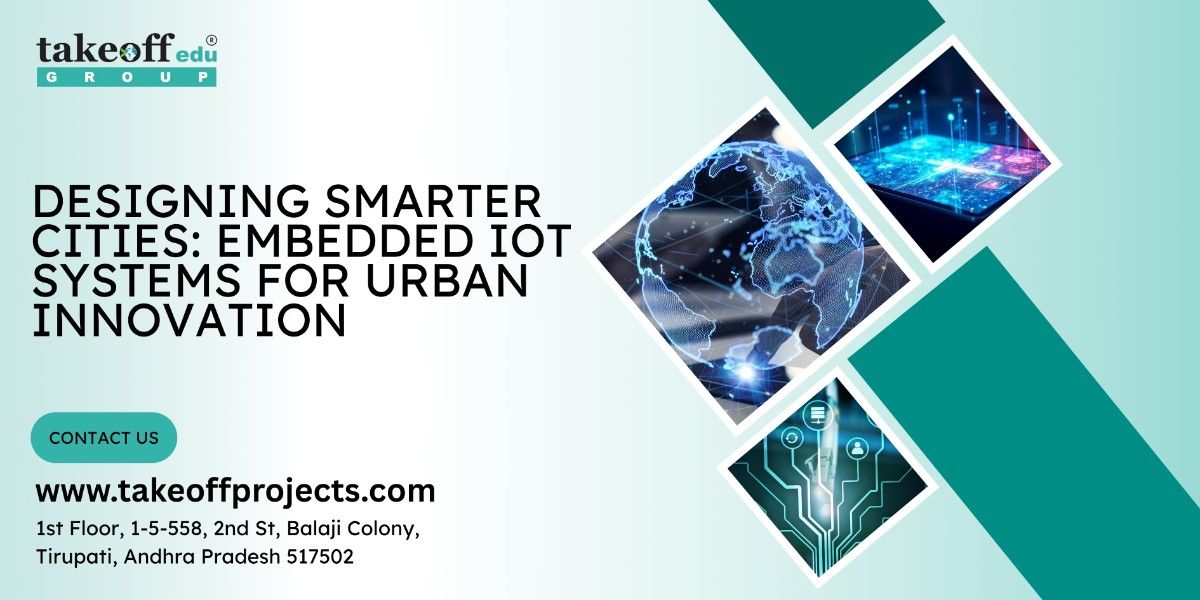
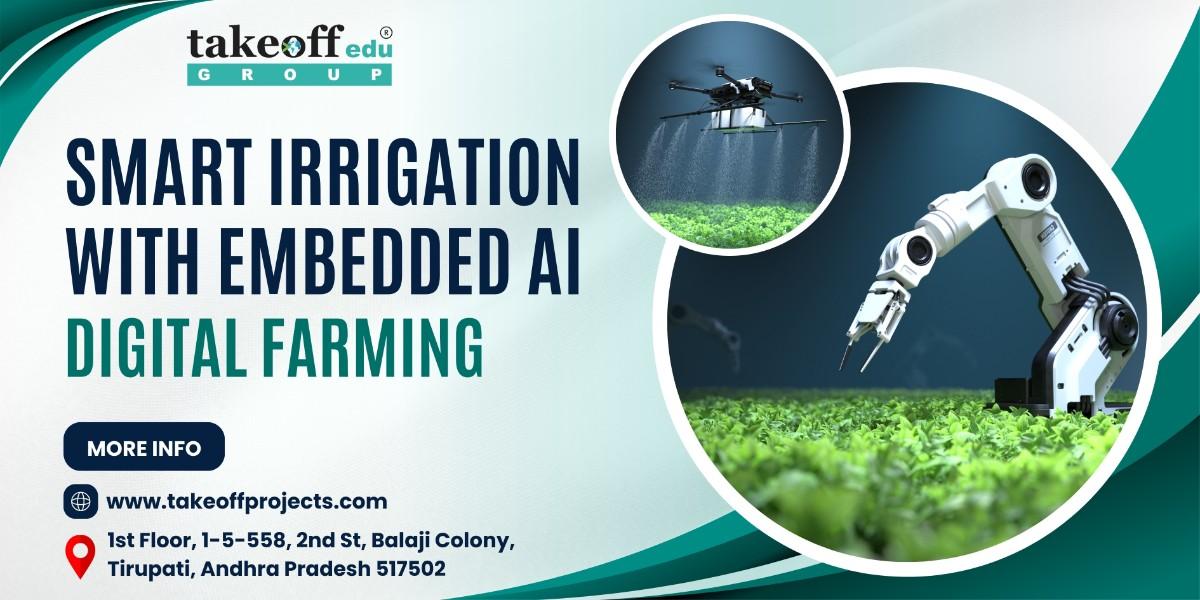 Smart Irrigation with Embedded AI: Digital Farming
Smart Irrigation with Embedded AI: Digital Farming  Top 5 PIC16F77A Projects for Embedded Students
Top 5 PIC16F77A Projects for Embedded Students  Top 7 Arduino Projects for Students
Top 7 Arduino Projects for Students 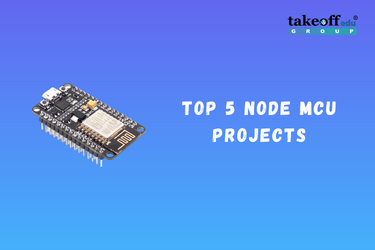 Top 5 Node MCU Projects
Top 5 Node MCU Projects  Top 5 Raspberry Pi Projects
Top 5 Raspberry Pi Projects  Top 7 ARM7 Project Ideas
Top 7 ARM7 Project Ideas  Top 5 Mechatronics Projects for ECE
Top 5 Mechatronics Projects for ECE  Top 5 Renewable Energy Projects Ideas
Top 5 Renewable Energy Projects Ideas  Top 7 Biomedical Projects for Students
Top 7 Biomedical Projects for Students  Top 7 Artificial Intelligence Project Ideas
Top 7 Artificial Intelligence Project Ideas  Top 7 WSN Projects for Students
Top 7 WSN Projects for Students  Top 7 Machine Learning Projects for BTech & MTech
Top 7 Machine Learning Projects for BTech & MTech  Top 7 Image Processing Projects
Top 7 Image Processing Projects 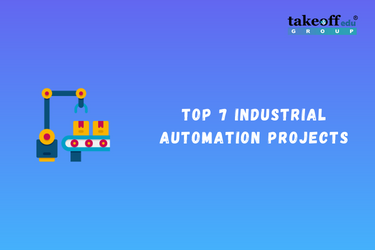 Top 7 Industrial Automation Projects
Top 7 Industrial Automation Projects 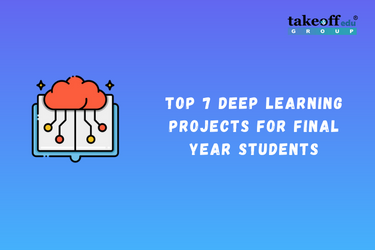 Top 7 Deep Learning Projects for Final Year Students
Top 7 Deep Learning Projects for Final Year Students 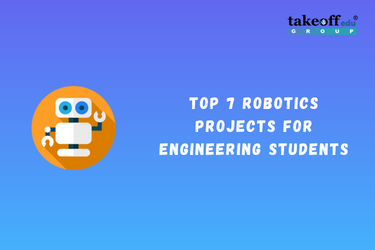 Top 7 Robotics Projects for Engineering Students
Top 7 Robotics Projects for Engineering Students  Top 7 IoT Projects for Students
Top 7 IoT Projects for Students  Arduino based Projects for Final Year
Arduino based Projects for Final Year 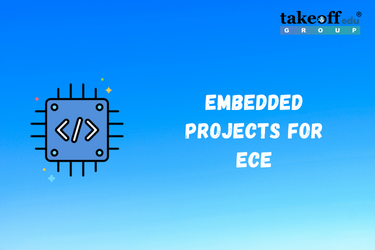 Embedded Projects for ECE
Embedded Projects for ECE 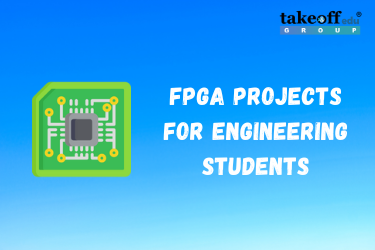 FPGA Projects for Engineering Students
FPGA Projects for Engineering Students 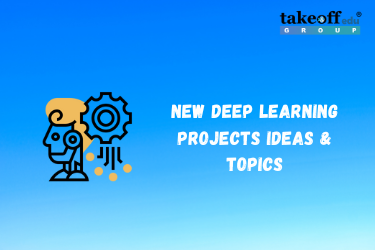 New Deep Learning Projects Ideas & Topics 2022
New Deep Learning Projects Ideas & Topics 2022 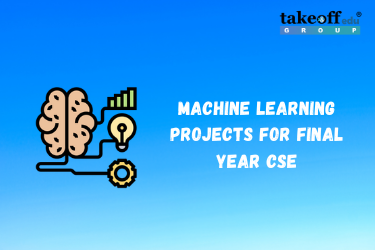 Machine Learning Projects for Final Year CSE
Machine Learning Projects for Final Year CSE 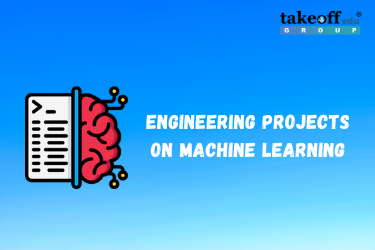 Engineering Projects on Machine Learning
Engineering Projects on Machine Learning 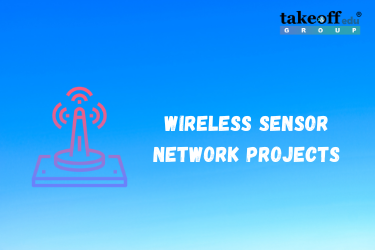 Wireless Sensor Network Projects
Wireless Sensor Network Projects  Wireless Sensor Network Projects with Source Code
Wireless Sensor Network Projects with Source Code 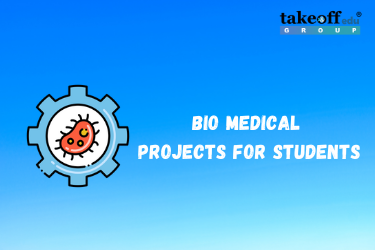 Latest Bio Medical Projects for Students
Latest Bio Medical Projects for Students 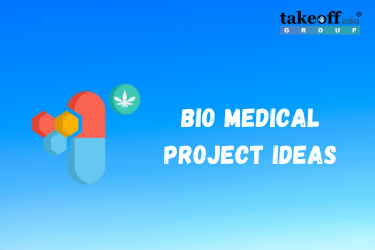 Innovative Bio Medical Project Ideas & Topics 2022
Innovative Bio Medical Project Ideas & Topics 2022 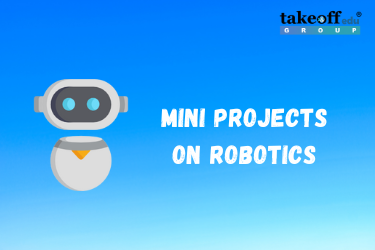 21+ Interesting Mini Projects on Robotics
21+ Interesting Mini Projects on Robotics 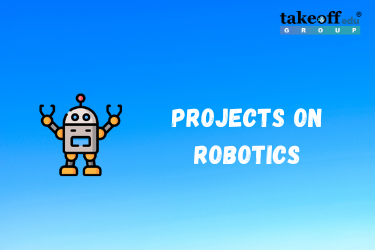 Engineering Student Projects on Robotics
Engineering Student Projects on Robotics 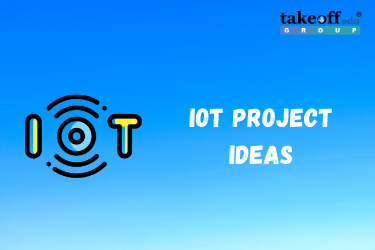 Innovative IoT Project Ideas for Engineering Students 2022
Innovative IoT Project Ideas for Engineering Students 2022  Latest Mini Projects for ECE Students 2022
Latest Mini Projects for ECE Students 2022 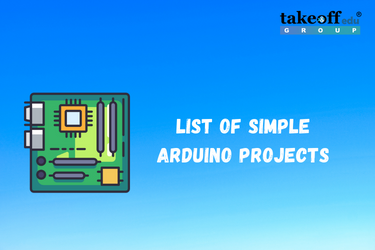 List of Simple Arduino Projects
List of Simple Arduino Projects 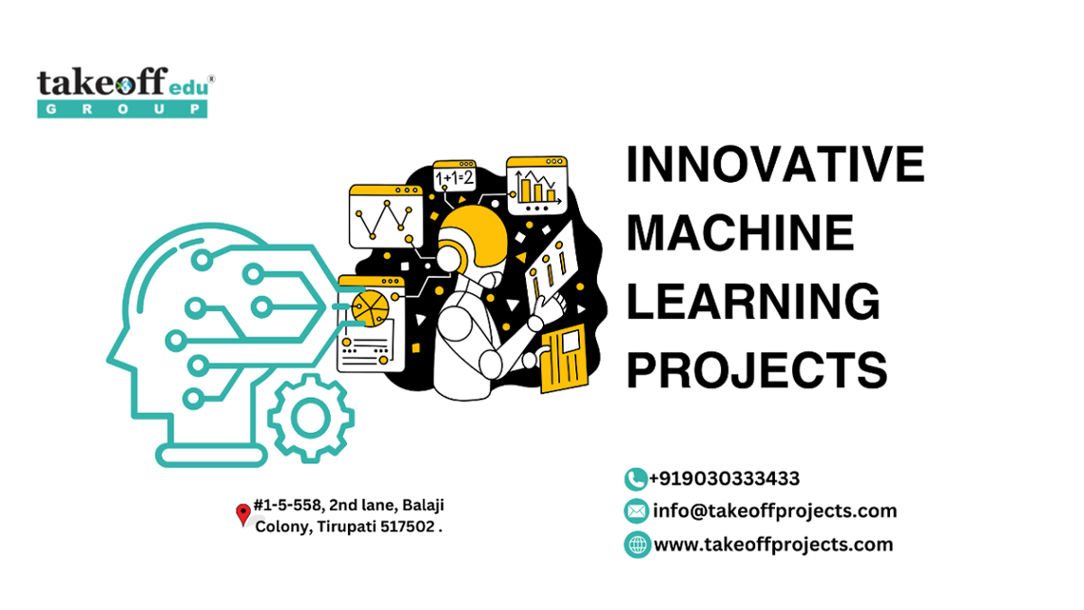 Innovative Machine Learning Projects
Innovative Machine Learning Projects 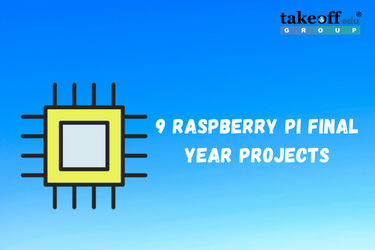 9 Raspberry Pi Final Year Projects
9 Raspberry Pi Final Year Projects  7 Interesting IoT Based Projects
7 Interesting IoT Based Projects  Top 10 Real Time Embedded Systems Projects for Students 2022
Top 10 Real Time Embedded Systems Projects for Students 2022 
 Paper Publishing
Paper Publishing


